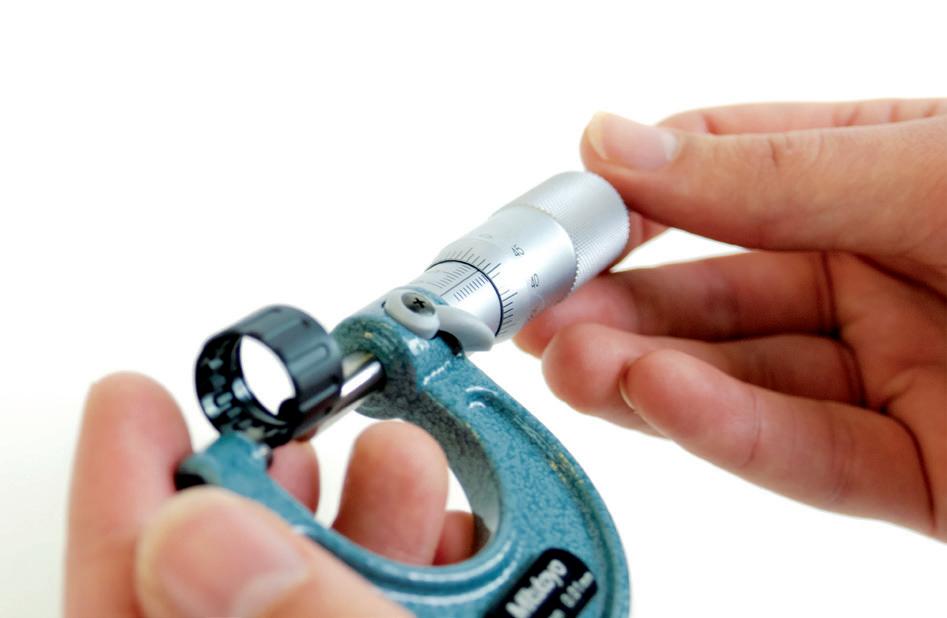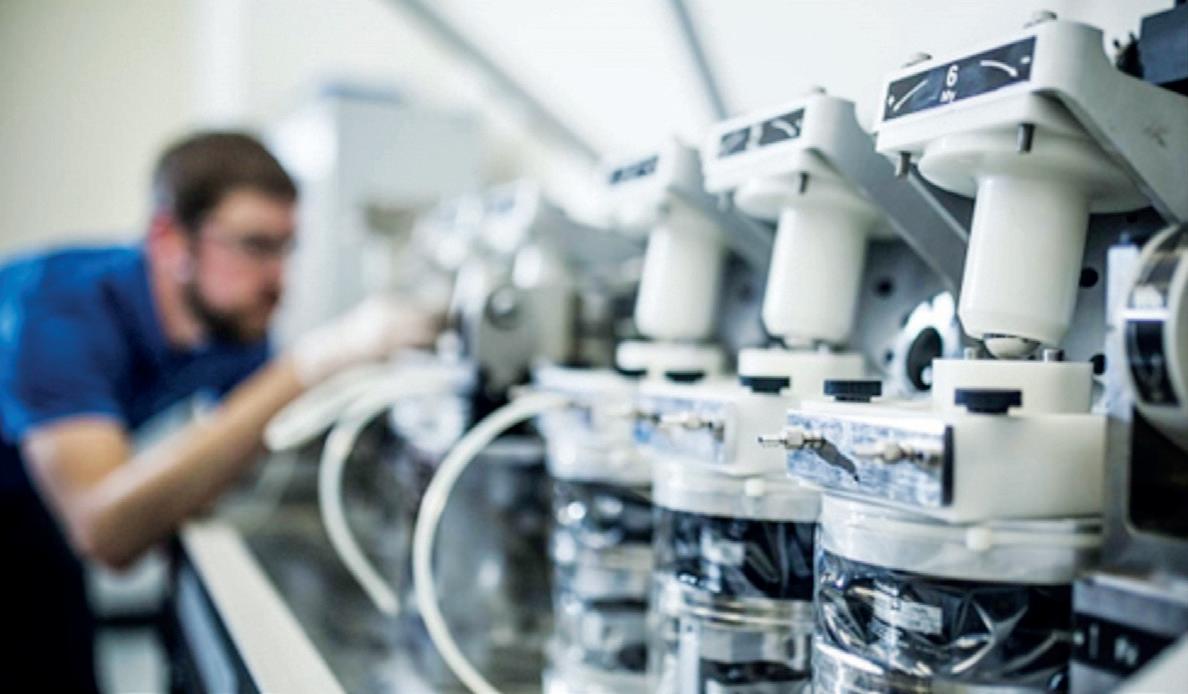
3 minute read
Q&A
from MPN NA Issue 21
by MPN Magazine
4D BIOPRINTS HAVE ANNOUNCED THEIR NEW DISSOLVABLE IMPLANTING DEVICE. MEDICAL PLASTICS NEWS CAUGHT UP WITH PHIL REEVES, AN ADVISOR FOR 4D BIOPRINTS, TO GET AN INSIGHT ON WHAT THEIR DEVICE DOES AND HOW IT’S DIFFERENT TO THE REST ON THE MARKET.
BRINGING IMPLANTING to a whole new level
Could you tell me a bit about 4D Bioprints? Implant products cause swelling, they cause tissue rejection, they slow down the healing process and Andy [Professor Andrew Dove] wanted to do something differently. So, from the ground up, he decided to create a new polymer, and I think that was the thing that was quite a revelation to people.
We can still create new polymers and we can create new types of polymers that are fit for purpose. And that’s what he did by formulating what’s ostensibly, a polycarbonate urethane photo curable material. Which up until now, every photo curable material in the market was either based on an accurate rate or an epoxy, which are toxic.
So, I think that’s what has piqued people’s interest in this, is that we’ve not only created a material that you can use with a whole range of 3D printing hardware platforms, but you can use it for implantable devices. And that I think is the really novel and interesting thing.
Where did the idea come from? The idea came from research started about 15-years ago by Professor Andrew Dove. Professor Dove is now at Birmingham University but started the research when he was at Warwick. He is a leading authority on degradable polymers. He was motivated to develop the material because existing incumbent materials cause problems when they are implanted, such as a burst release of acid.
When they told me I laughed at them and said, that’s not possible because it’s all toxic and horrible and you’d never put it in the human body. And then they proved me wrong.
It certainly shocked me when they told me what they were doing. His motivations were really interesting. He’s an expert, world renowned authority in degradable polymers. And he had always questioned why we’re putting materials like polylactic acid and polyglycolic acid in the human body.
How is this different to other implants? When you think about implants, your mind goes to hip implants or knee implants and possibly spinal implants that historically have been made from titanium. And we’re now starting to see a lot of those implants being made from permanent polymers. Once they’re in the body, they’re going to stay in the body until the day that you sadly pass away. Materials don’t need to be permanent because the body can heal itself.
If you look at the existing materials that are used for these types of implants, they all have a narrow window of mechanical property in terms of strengths and elongation and what Andrew, and our chemistry team have done is they’ve managed to extend that window of mechanical properties. We can make resorbable polymers that almost feel like human tissue.
So, what we have are a range of polymers called bio resorbable polymers. These are polymers that when you put them in the human body over time, they will start to break down and be absorbed back into your body. The problem with the current material, which are things like polylactic acid PLA and PLGA, when they break down the by-products of them are mildly toxic.
How effective is it? Our material has so far been implanted into several small mammal models for clinical evaluation. Studies have shown that the material is far more biocompatible than the current best-in-class PLA resorbable polymers. Our material, which we call 4Degra, has shown to promote cell growth up to 18-times faster than PLA. Our material has far better cell proliferation, far lower rejection from the body. So, I think that’s what has excited the clinical community.








